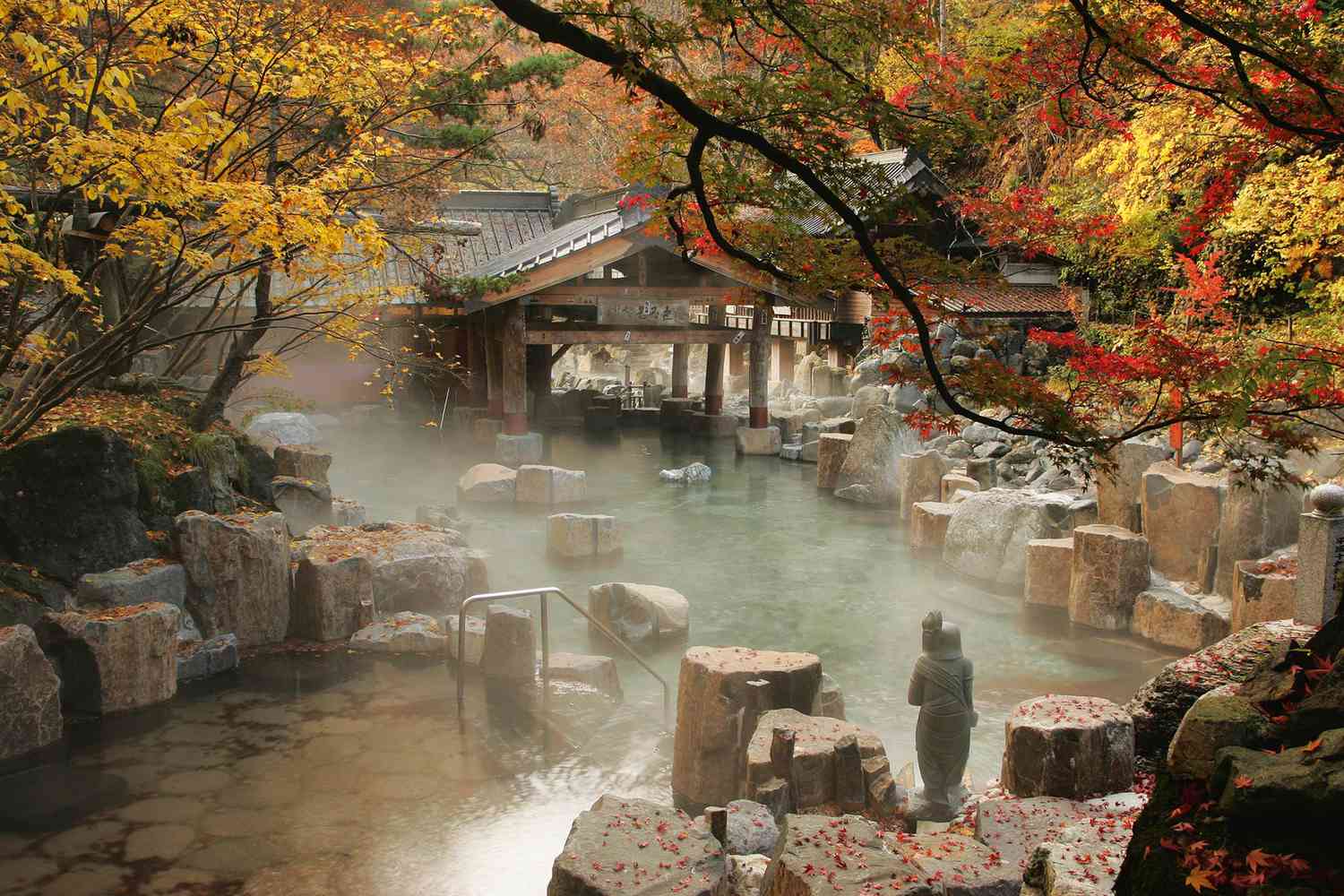Spring is the perfect time to finally travel to Japan. Dalma Magazine and the "Armané" travel agency explain why it's especially worth visiting the Land of the Rising Sun during these months.From a weather perspective, the best times to visit Japan are from March to May and from September to November. But it's in spring that travelers are greeted by blooming cherry blossoms. So why wait until autumn? Especially since Japan, in addition to its natural wonders, offers an immense range of cultural, entertainment, and culinary experiences.
What to do in Japan?
18.11.2024
JOURNEY TO JAPAN

1.Marvel at the Blooming Cherry Blossoms
Blooming cherry blossoms have long been considered one of Japan's main attractions. In the Land of the Rising Sun, there is even a special word that describes the act of marveling at flowering trees-hanami. From the end of March to the beginning of April, tourists can also experience the full charm of hanami.

2. Enjoy the Hot Springs
Visiting hot springs, or onsen, is also a traditional Japanese pastime. Onsen's can be public, where you simply pay an entrance fee and enter, but many are located within traditional Japanese inns, or ryokan, and are only open to their guests. It's important to remember that bathing and making noise are not allowed in Onsen; here, one disconnects and connects with nature.

3. Have Fun at the Japanese Disneyland.
Years ago, Tokyo became the first city outside the United States to open a Disney theme park. After Tokyo Disneyland, Tokyo DisneySea opened in 2001, also inspired by Disney themes, but with a nautical focus and primarily water-based attractions, as can be inferred from its name. Each year, around 10 million people visit DisneySea.

4. Immerse Yourself in the Traditional Atmosphere of Kyoto.
Kyoto is one of the oldest cities in Japan (dating back to the 8th century) and was the capital of the empire for a long time. Today, it is considered one of the country's most important cultural centers. Kyoto's old town, which is included in UNESCO's World Heritage list, is a must-visit to get a sense of what Japan was like in the past. Here, dozens of palaces, Buddhist temples, and shrines still stand.

5. Appear Under the Neon Lights of Osaka.
Osaka also has preserved ancient landmarks, but in modern Japan, it is considered a financial and business hub. Specifically, the headquarters of Panasonic and Sharp are located here. The city’s skyline, with its skyscrapers and colorful neon signs, resembles the worlds found in Japanese anime.

6. Step Into the Magical World of Miyajima
The legendary animator Hayao Miyazaki provides a big dose of love for modern Japan. The museum, recently opened at his Ghibli studio, is the perfect destination for fans of Totoro, Princess Mononoke, and Spirited Away. The museum is designed for both children and adults, with special exhibitions held regularly, and short films from the studio are shown in the cinema.

7. See Mount Fuji Up Close
One of Japan's most sacred mountains (and certainly the most famous), Mount Fuji, is not always visible from Tokyo due to weather conditions. However, there are other places from which you can admire the mountain or even hike. The most picturesque view is from near Lake Kawaguchi. On clear days, the full reflection of Mount Fuji can be captured in the mirror-like surface of the lake. It is also possible to climb Mount Fuji, which is accessible even for beginner hikers, although the ascent and descent can take up to eight hours. Some, by the way, prefer to start their climb late in the evening to catch the sunrise from the mountain’s summit.

8. Get to Know the Culture of Geishas
The historic Gion district of Kyoto is itself interesting and charming with its architecture, shops, and temples, but people come here primarily to familiarize themselves with the culture of geishas. Here, one can get to know this ancient traditional culture and also see real geishas

